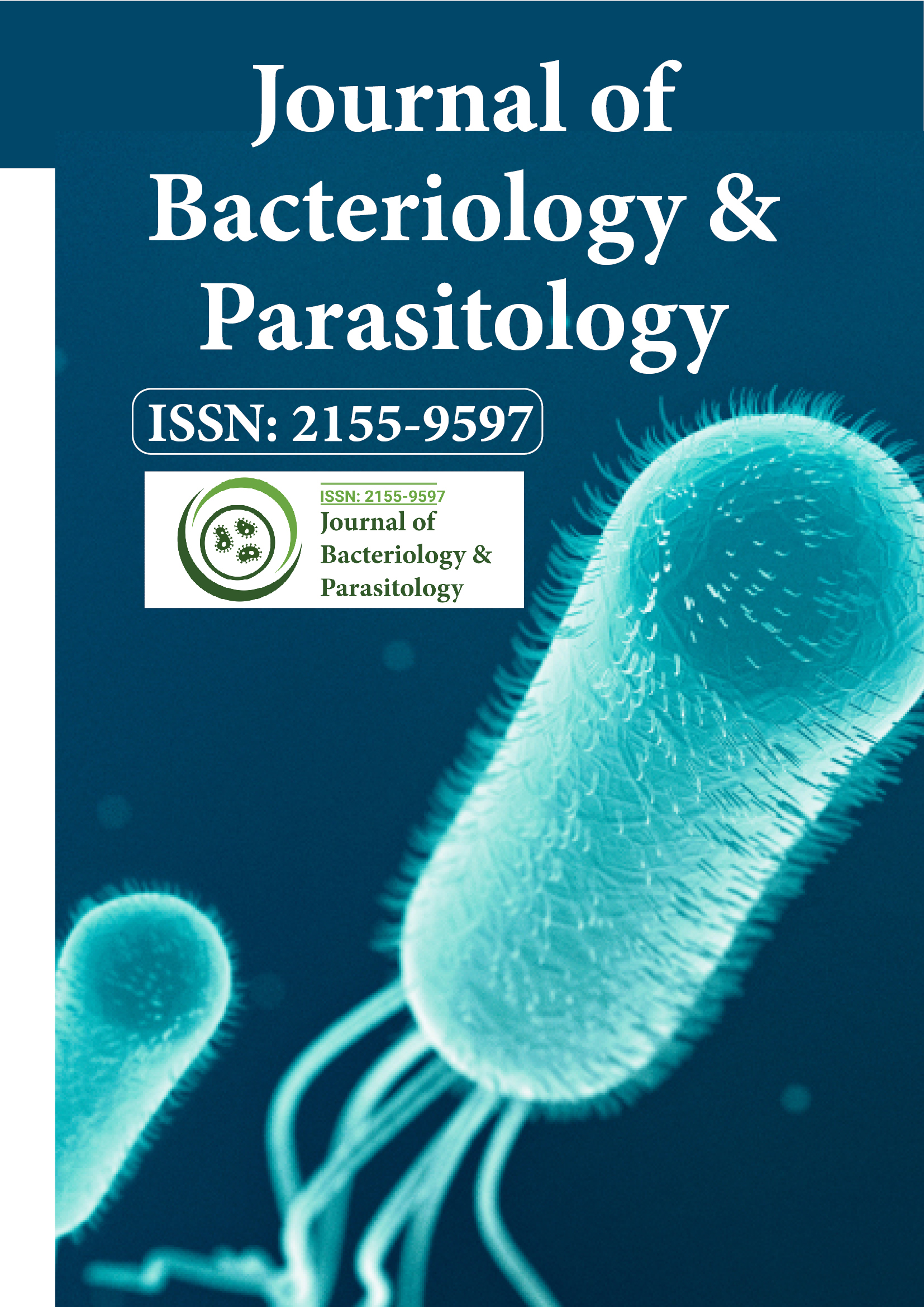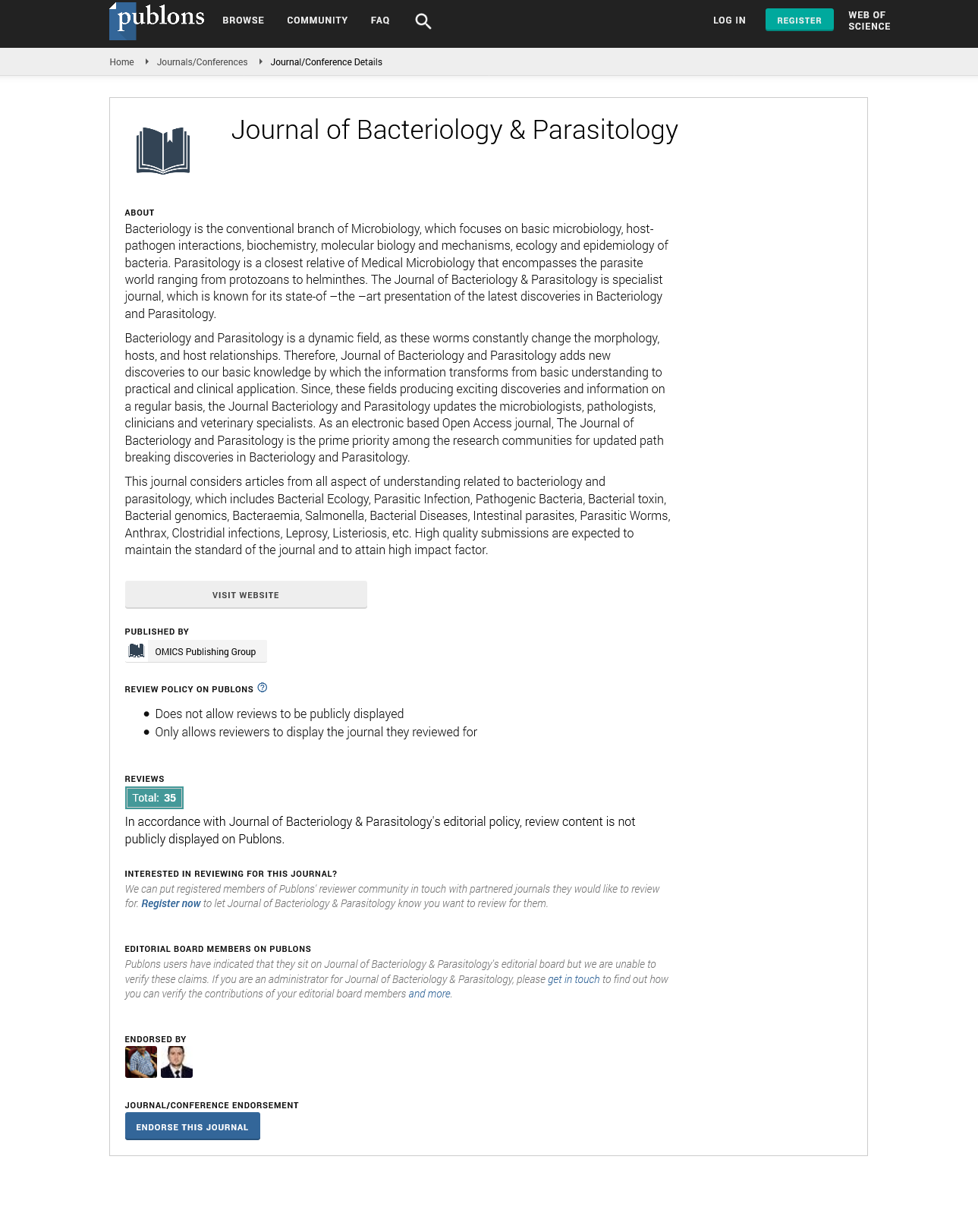Indexed In
- Open J Gate
- Genamics JournalSeek
- Academic Keys
- JournalTOCs
- ResearchBible
- Ulrich's Periodicals Directory
- Access to Global Online Research in Agriculture (AGORA)
- Electronic Journals Library
- RefSeek
- Hamdard University
- EBSCO A-Z
- OCLC- WorldCat
- SWB online catalog
- Virtual Library of Biology (vifabio)
- Publons
- MIAR
- Geneva Foundation for Medical Education and Research
- Euro Pub
- Google Scholar
Useful Links
Share This Page
Journal Flyer

Open Access Journals
- Agri and Aquaculture
- Biochemistry
- Bioinformatics & Systems Biology
- Business & Management
- Chemistry
- Clinical Sciences
- Engineering
- Food & Nutrition
- General Science
- Genetics & Molecular Biology
- Immunology & Microbiology
- Medical Sciences
- Neuroscience & Psychology
- Nursing & Health Care
- Pharmaceutical Sciences
Abstract
Dual Role of Salicylic Acid in Inhibiting Xanthomonas oryzae pv. Oryzae and Promoting the Growth of Rice Plants
Ahmed SA El-Shakh*, Mohammed EA Jado, Hatim BE Elfadni, Mamoun A Homaida, Yassin Haranb, Alsadig Yahya
Salicylic Acid (SA) plays an important role as an endogenous signal in mediating plant defense responses against pathogens. This study investigated the effects of SA on biofilm formation by Xanthomonas oryzae pv. oryzae (Xoo) and its ability to induce systemic resistance in rice against Bacterial Leaf Blight (BLB). Results demonstrated that treating rice plants with 0.5 mM SA significantly suppressed the growth and biofilm formation of Xoo. Transmission Electron Microscopy (TEM) confirmed that SA treatment caused noticeable changes in bacterial cell morphology, including swelling and wall alterations. In greenhouse experiments, SA inhibited the pathogen by 50.45% and increased plant height, fresh weight, and dry weight in treated rice plants. Additionally, SA application enhanced the activity of defense-related enzymes such as Polyphenol Oxidase (PPO), Peroxidase (POD), Phenyl Ammonia Lyase (PAL), Superoxide Dismutase (SOD), and Catalase (CAT), indicating that SA improves systemic resistance in rice plants against BLB. These findings highlight the dual role of SA in inhibiting pathogen growth and promoting plant growth by activating defense mechanisms. This study provides valuable insights into the application of SA as a potential strategy for managing bacterial leaf blight and improving rice plant health under biotic stress conditions.
Published Date: 2025-06-21; Received Date: 2024-08-13

